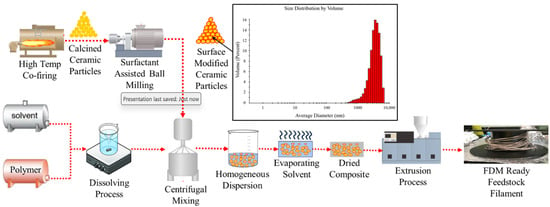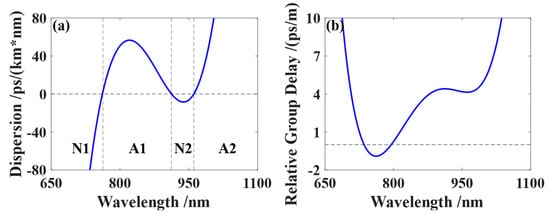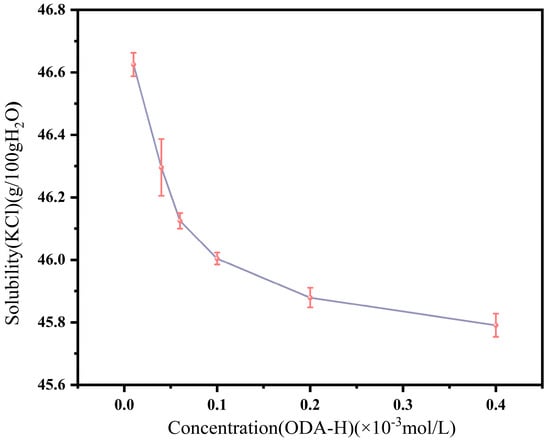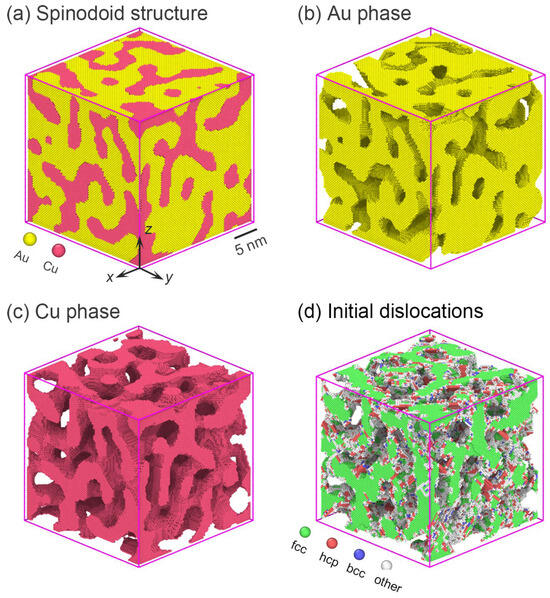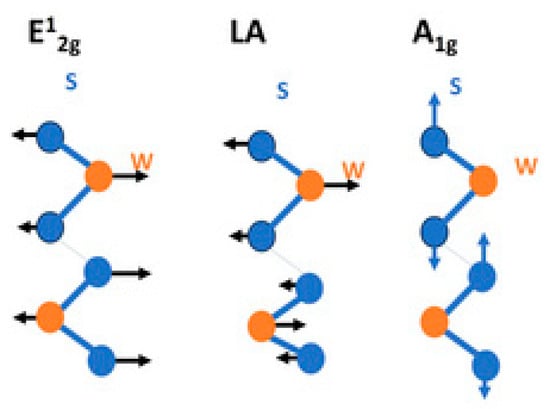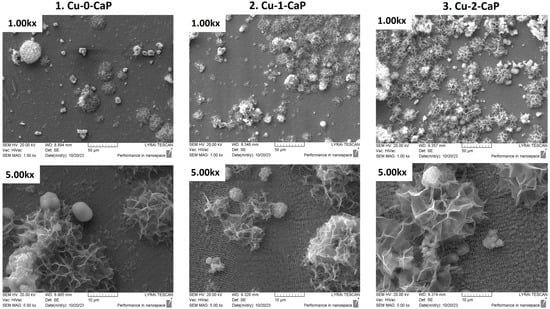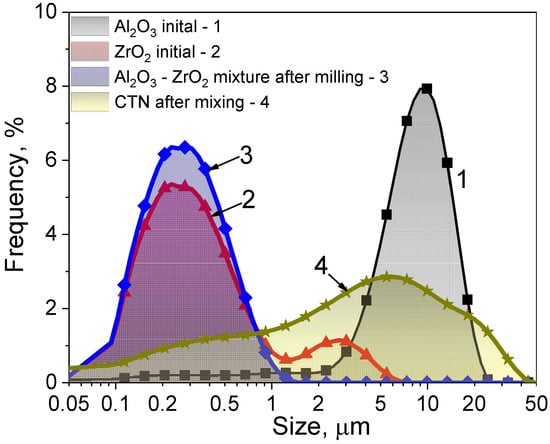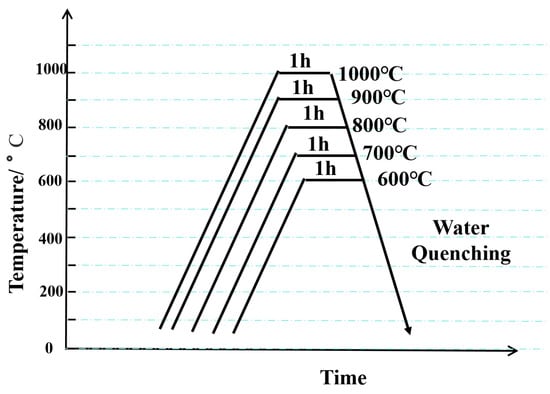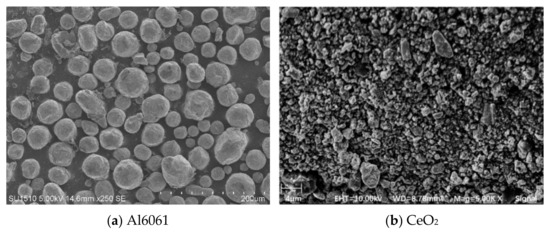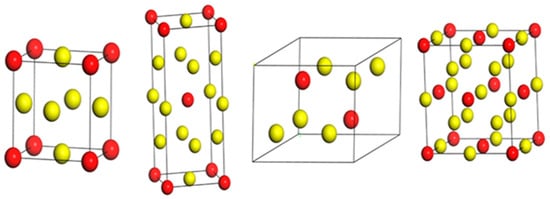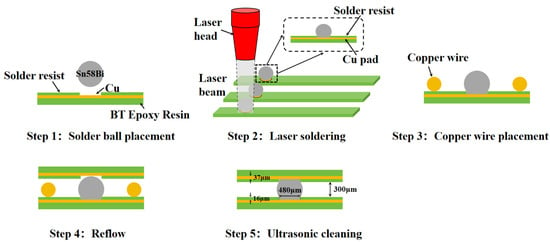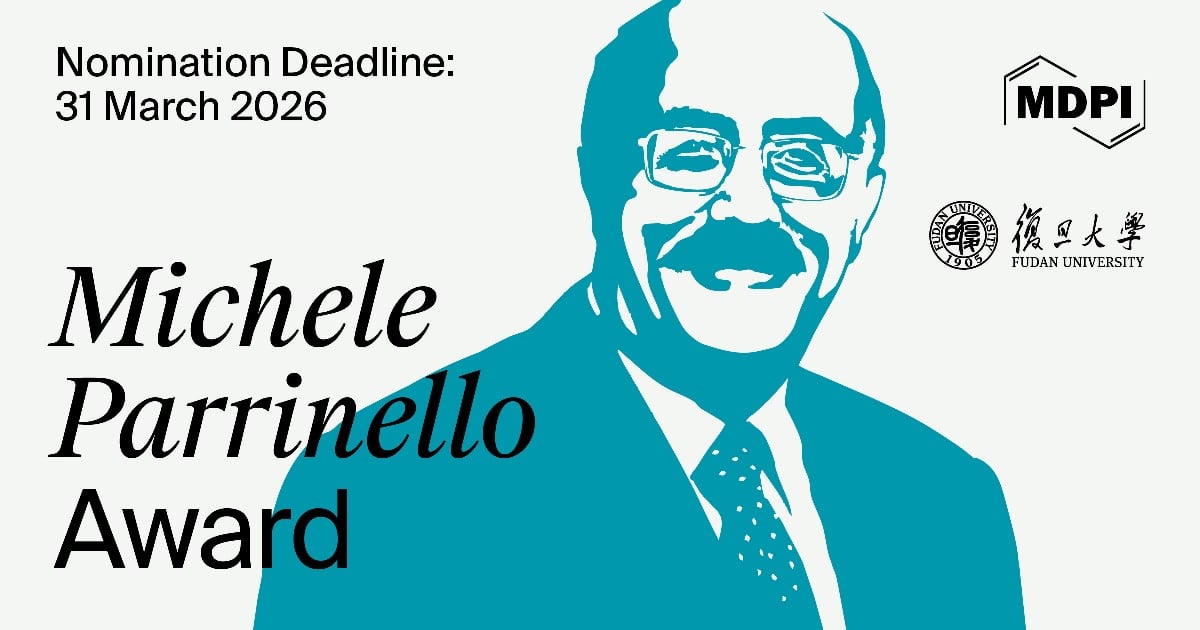-
 Crystallization of Four Troglitazone Isomers: Selectivity and Structural Considerations
Crystallization of Four Troglitazone Isomers: Selectivity and Structural Considerations -
 Design of Near-UV Photoluminescent Liquid-Crystalline Dimers: Roles of Fluorinated Aromatic Ring Position and Flexible Linker
Design of Near-UV Photoluminescent Liquid-Crystalline Dimers: Roles of Fluorinated Aromatic Ring Position and Flexible Linker -
 Structural Analysis of PlyKp104, a Novel Phage Endoysin
Structural Analysis of PlyKp104, a Novel Phage Endoysin -
 The Missing Structures of Pasteur’s Aspartates
The Missing Structures of Pasteur’s Aspartates -
 Geometric Characterizations of Non-Uniform Structure I Methane Hydrate Behaviors Under Pressure
Geometric Characterizations of Non-Uniform Structure I Methane Hydrate Behaviors Under Pressure
Journal Description
Crystals
- Open Access— free for readers, with article processing charges (APC) paid by authors or their institutions.
- High Visibility: indexed within Scopus, SCIE (Web of Science), Inspec, Ei Compendex, CAPlus / SciFinder, and other databases.
- Journal Rank: JCR - Q2 (Crystallography) / CiteScore - Q2 (Condensed Matter Physics)
- Rapid Publication: manuscripts are peer-reviewed and a first decision is provided to authors approximately 12.7 days after submission; acceptance to publication is undertaken in 2.6 days (median values for papers published in this journal in the first half of 2025).
- Recognition of Reviewers: reviewers who provide timely, thorough peer-review reports receive vouchers entitling them to a discount on the APC of their next publication in any MDPI journal, in appreciation of the work done.
Latest Articles
E-Mail Alert
News
Topics
Deadline: 31 December 2025
Deadline: 25 February 2026
Deadline: 31 March 2026
Deadline: 31 May 2026
Conferences
Special Issues
Deadline: 10 November 2025
Deadline: 10 November 2025
Deadline: 10 November 2025
Deadline: 10 November 2025



